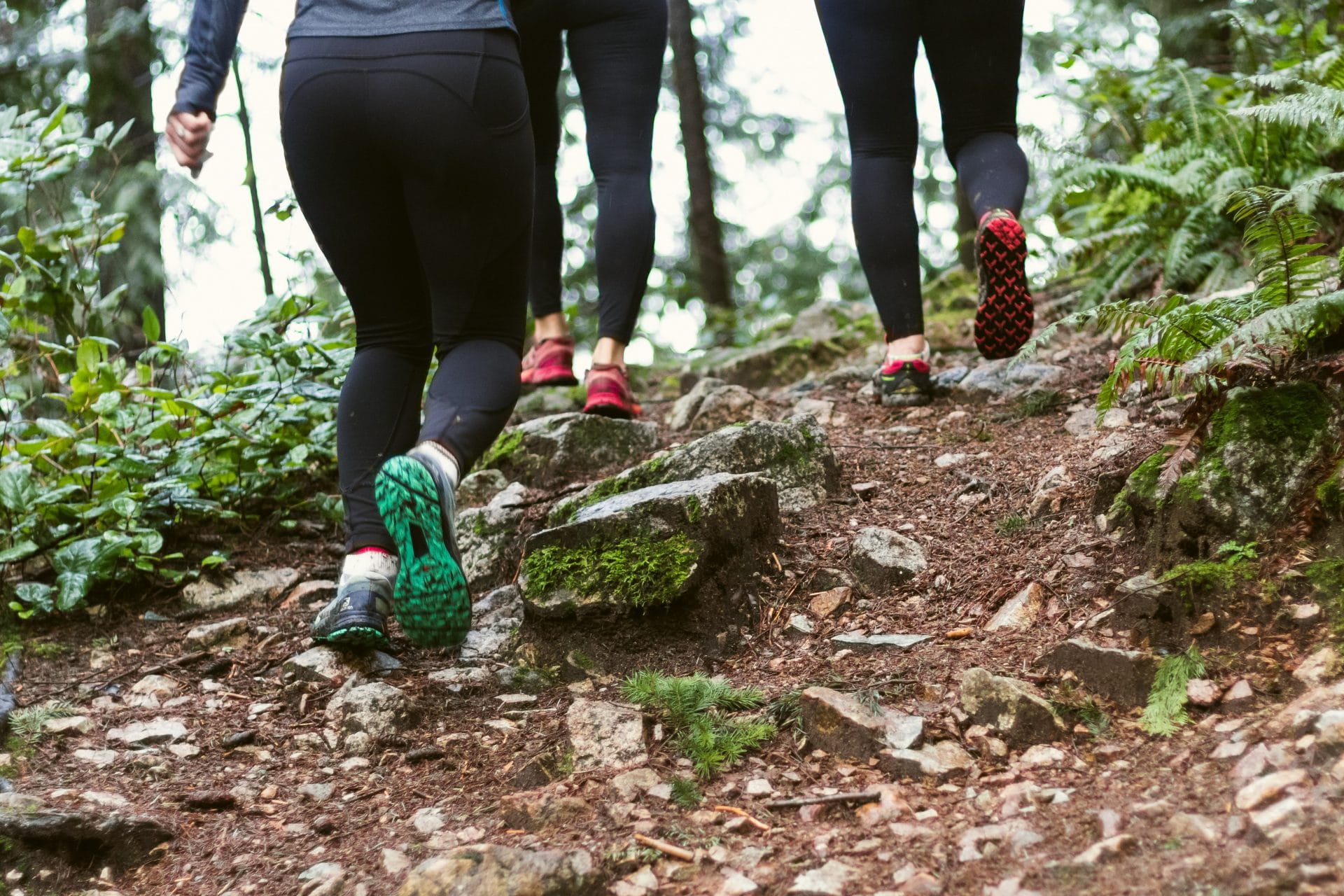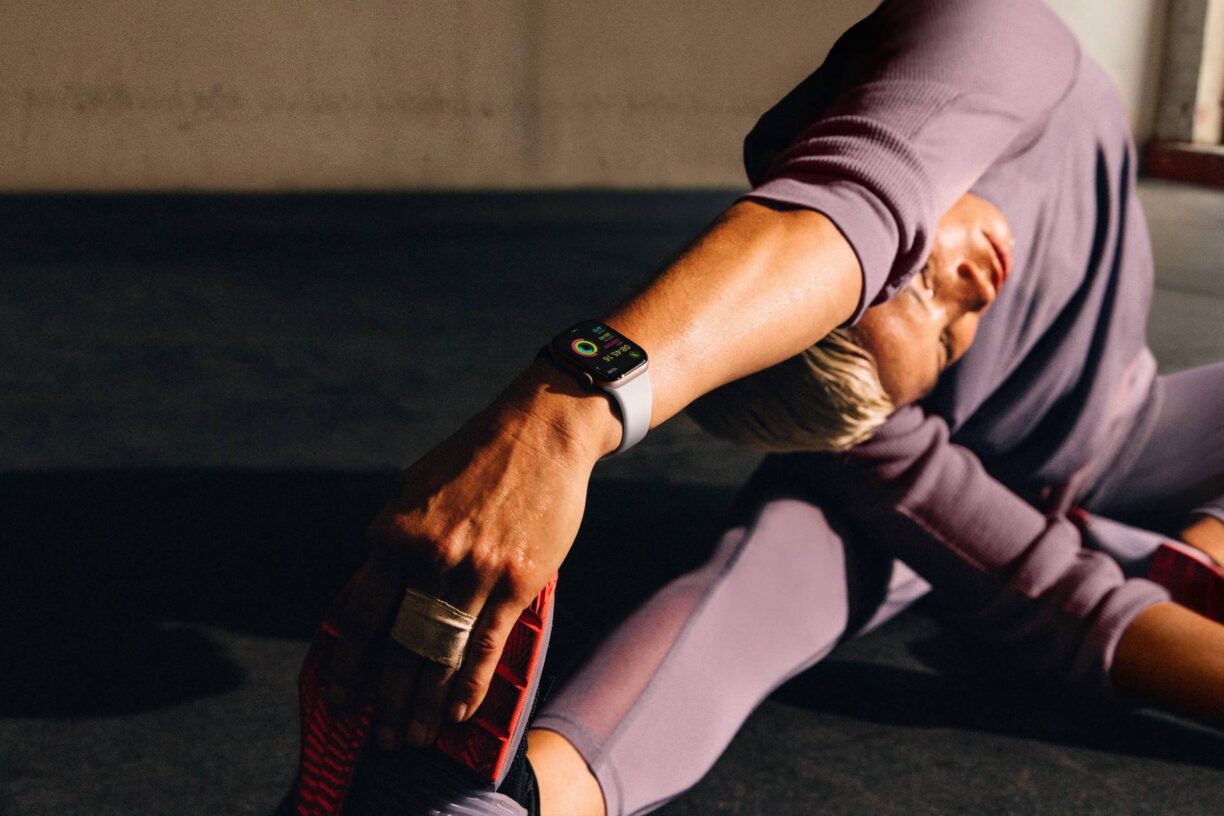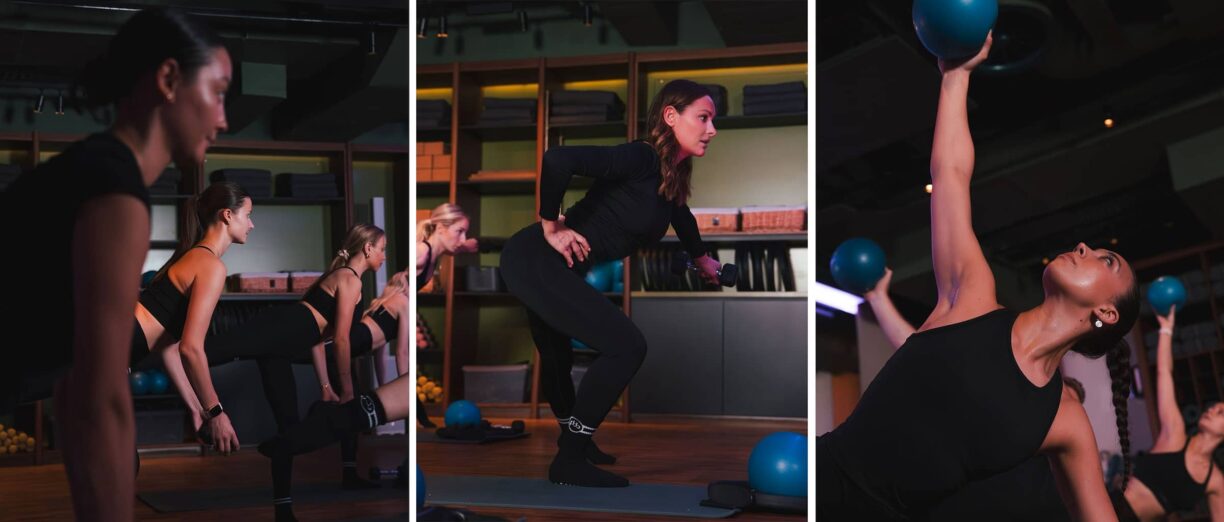In the past three months, searches for scrambling have skyrocketed by 9000%¹, signalling a newfound enthusiasm for this adventurous mountain activity. But what exactly is scrambling?
Outdoor experts at Blacks shed light on this emerging trend: “If you are a keen hiker, scrambling is a great new hobby to start to get your adrenaline pumping.
Often described as the middle ground between hiking and rock climbing, the sport requires scramblers to use their hands to help them up a hill or mountainous terrain.”
“The level of difficulty is differentiated by scrambling grades, however, it is crucial to understand that not all routes in the same grade are made equal.
There are easier and harder routes at the Grade 1 level. We have explained each grade.”
Grade One Scrambles
Grade one scrambles are typically the easiest, though they can still deliver an adrenaline rush with their high sections.
Both hands and feet are necessary for these routes, rewarding you with breathtaking panoramic views. Essential gear includes sturdy walking boots and weather-appropriate clothing.
Popular Grade One Scrambles:
- Tryfan in Snowdonia
- Ben Nevis in Scotland
- Blencathra’s Sharp Edge in the Lake District
Grade Two Scrambles
Grade two scrambles straddle the line between scrambling and rock climbing, featuring steeper and more daring climbs. Some notable grade two routes include:
- Aonach Eagach in Glen Coe
- Climbers Traverse on the Great Galbe
- Idwal Staircase on Glyder Fawr
Flexible hiking clothes are recommended for these more challenging climbs to ensure freedom of movement.
Grade Three Scrambles
Grade three scrambles are the most challenging, resembling moderately graded climbing routes and often requiring the use of ropes.
Beginners should gain experience with lower grades before tackling these. It’s advisable to practice climbing techniques at a climbing centre and to embark on these scrambles with experienced companions.
Outdoor experts at Blacks also highlighted the most popular scrambling spots in the UK.
The UK’s Top 10 Scrambling Spots
- Ben Nevis – Fort William, Grade 1 (1,345m)
- Scafell Pike – Lake District, Grade 1 (14km, 860m elevation)
- Aonach Eagach Ridge – Glen Coe, Grade 2/3 (10km, 1090m elevation)
- Striding Edge – Lake District, Grade 1
- Blencathra – Lake District, Grade 1
- Beinn Eighe – Torridon, Grade 1/2
- The Saddle – Mallaig, Grade 2
- Pen yr Ole Wen – Snowdonia/Eryri, Grade 1
- Bristly Ridge – Snowdonia/Eryri, Grade 1
- Napes Needle – Lake District, Grade 2
Expert Advice on Scrambling
Mountain leader and climbing instructor, Alex Peake Jones (A.K.A @scramblethisuk), shares his insights on taking on scrambles like Crib Goch: “Having taken hundreds of people across the ridge, I witness the sheer volume of people attempting it every year.
If I had a pound for every time I have helped stragglers, confidence roped a stranded individual or simply stopped a group from starting up the wrong ridge, I would be a very rich man indeed!
“Although the ridgeline would seem very easy to follow, weather plays an enormous part and route finding can become difficult as visibility decreases.
On the flip side, if you are lucky enough to have fair weather and full visibility, the sheer exposure on both the East & West flanks of the ridge, which are usually hidden beneath banks of cloud, is very much in your face.
This has left hundreds of first-time ridge walkers sitting down and waiting for someone to rescue them, mostly from their own heads.
So my first piece of advice to anyone wishing to tackle Crib Goch is to gain some experience somewhere else first.
“My first port of call would be out of the Snowdonia National Park and up to the Lakes. Striding Edge on Helvellyn is a suitable compromise, as the exposure is significantly decreased and the ridgeline is wider.
In addition, a footpath is available next to the ridge so escape is easy enough. It is also so important to have the right kit, a simple pair of trainers and a short top will not protect you from the elements of scrambling.”
Essential Scrambling Gear
- Well-fitting walking boots: Essential for comfort and grip. Look for boots with stiffness to support on small ledges.
- Warm layers: Ensure clothing allows for free movement and includes waterproofs.
- Gloves: Thin, windproof fleece gloves with good grip for cooler weather.
- Backpack: A narrow, well-fitted backpack with a waist strap to prevent swinging.
- Ropes: Useful for Grade 2 or 3 scrambles, especially in adverse conditions. Consider a helmet and harness for additional safety.
- Water and energy supplies: Keep hydrated and energized with high-energy foods like nuts and flapjacks.
Scrambling offers a thrilling blend of hiking and rock climbing, providing an exciting way to explore mountainous terrain.
With the right preparation and equipment, you can enjoy this burgeoning fitness trend safely.





